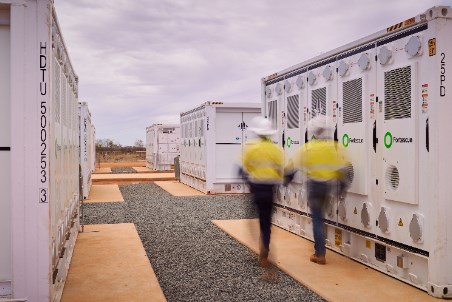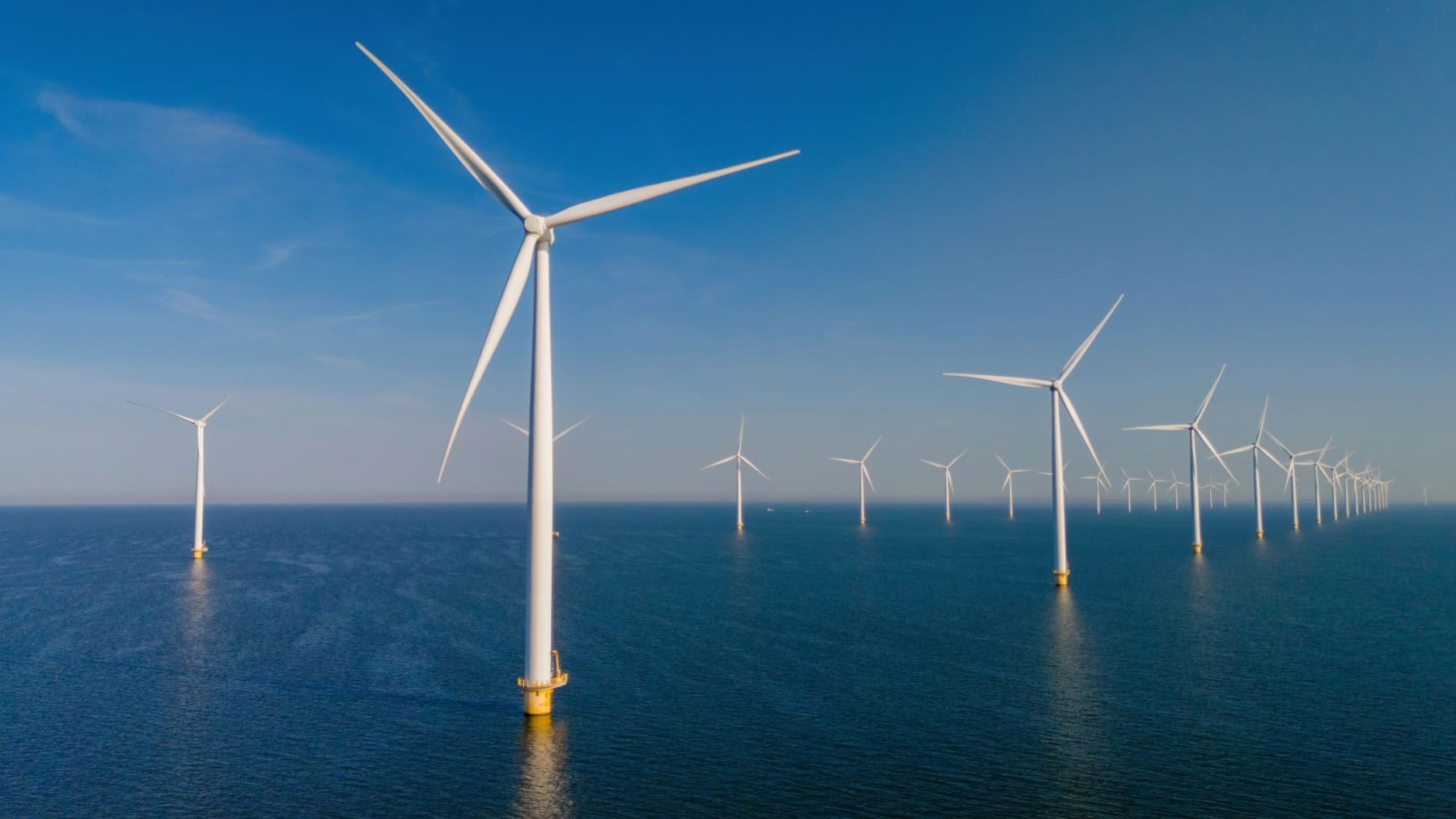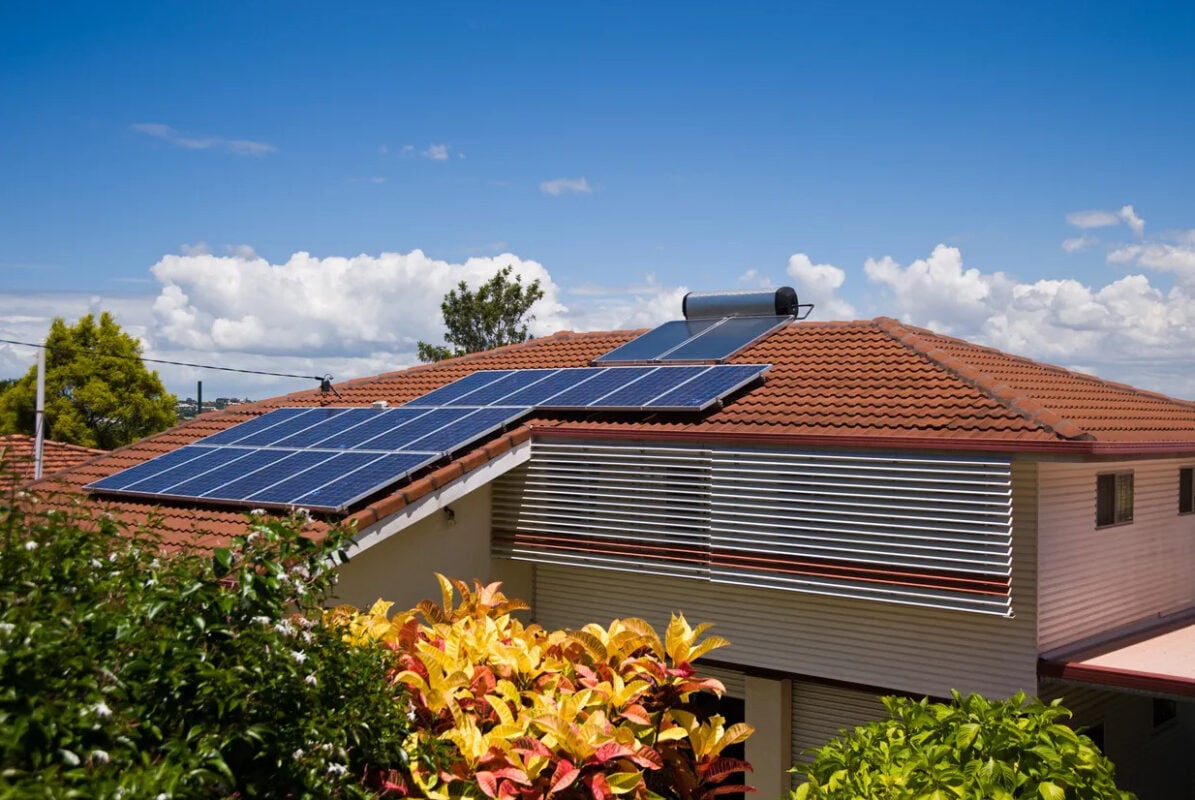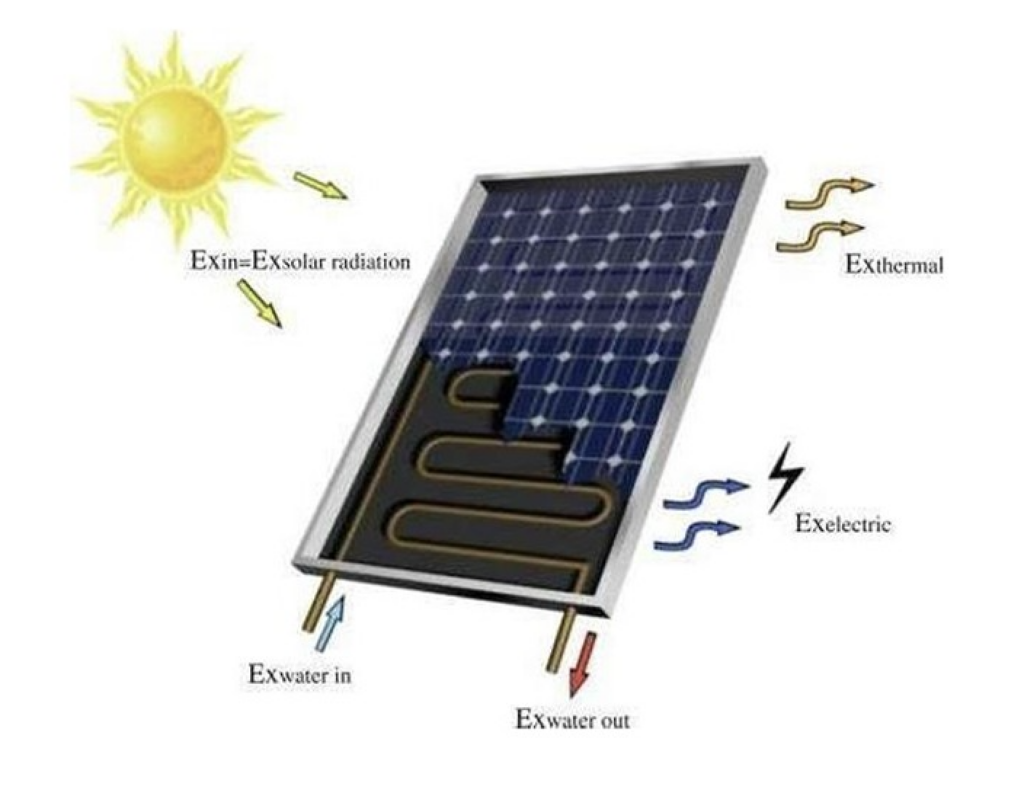From Arctic Classrooms to Solar Suitcases, Educational Institutions Lead Global Innovation in Sustainable Energy – renewableenergymagazine.com
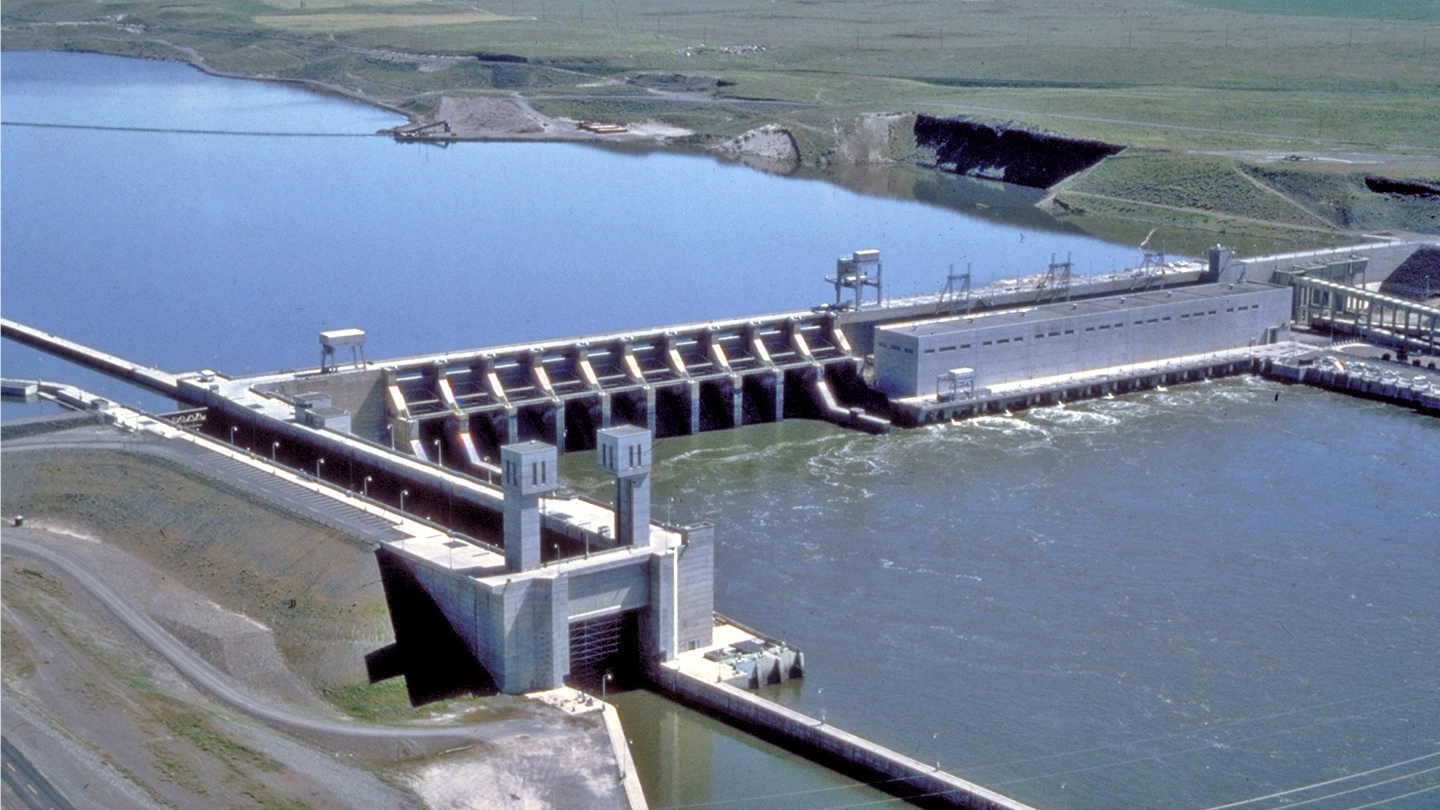
Educational Institutions as Catalysts for Advancing Sustainable Development Goals
Educational institutions worldwide are increasingly becoming central hubs for renewable energy projects. This shift not only reduces their environmental footprint but also aligns their operations with several key Sustainable Development Goals (SDGs). By transitioning to clean energy, schools are generating significant financial savings, enhancing educational opportunities, and fostering community resilience, thereby serving as practical models for sustainable development.
Alignment with Key Sustainable Development Goals
SDG 7: Affordable and Clean Energy
- Schools, as substantial energy consumers, are ideal sites for renewable energy systems like solar and geothermal, directly contributing to the goal of ensuring access to affordable, reliable, and sustainable modern energy for all.
- These projects reduce reliance on fossil fuels and, in some cases, extend clean power access to surrounding communities.
SDG 4: Quality Education
- Financial savings from reduced energy costs can be reinvested into educational resources, infrastructure upgrades, and teacher salaries, directly improving the quality of education.
- Renewable energy installations serve as living laboratories, providing students with hands-on STEM learning and vocational training in green technologies.
- Reliable electricity in underserved regions enables digital learning, powers essential equipment, and creates a more conducive learning environment.
SDG 11 & 13: Sustainable Communities and Climate Action
- By adopting clean energy, schools actively reduce the carbon footprint of public infrastructure, contributing to climate action and the development of sustainable communities.
- These initiatives serve as powerful, visible reminders of climate solutions and inspire students and communities to adopt sustainable practices.
SDG 8 & 10: Decent Work, Economic Growth, and Reduced Inequalities
- Many projects incorporate workforce development programs, preparing students and local youth for careers in the growing renewable energy sector.
- Community-focused models provide discounted clean energy to low-income households, addressing energy equity and reducing inequalities.
Global Case Studies in Sustainable Action
-
United Kingdom: Great British Energy Initiative
- This initiative supports SDG 7 by installing solar panels on 200 schools, generating clean energy and projected savings of up to £400 million over 30 years.
- It advances SDG 8 by aiming to introduce students to green skills, encouraging future employment in the renewables sector.
- The financial benefits directly support SDG 4 by allowing funds to be reallocated to educational priorities.
-
Singapore: National University’s Net-Zero Campus
- The university’s net-zero energy buildings directly address SDG 13 (Climate Action) and SDG 11 (Sustainable Cities and Communities) by pioneering sustainable architectural design.
- As a leading institution, it integrates sustainability into its curriculum, advancing SDG 4 by educating future leaders on climate solutions.
-
United States: Baltimore’s Community Power Model
- This partnership exemplifies SDG 10 (Reduced Inequalities) by using a school’s roof to supply discounted solar power to 150 low- to moderate-income homes.
- It contributes to SDG 8 through workforce development programs that train local youth in solar installation, creating pathways to green jobs.
- The collaboration between the school and a non-profit developer is a model for SDG 17 (Partnerships for the Goals).
-
United States: Pennsylvania’s Solar for Schools Program
- The statewide program provides critical funding for solar installations at K-12 institutions and colleges, accelerating the adoption of clean energy in line with SDG 7.
- By reducing operational costs for school districts, the program reinforces SDG 4, ensuring more resources are available for students.
-
United States: Geothermal Exploration in Aspen, Colorado
- This project explores innovative geothermal technology to meet heating and cooling needs, contributing to SDG 7 by diversifying clean energy sources.
- It enhances SDG 4 by providing students of climate science with a real-world example of climate action (SDG 13) on their own campus.
-
United States & Kenya: Florida’s Blue Solar Suitcases
- This initiative demonstrates SDG 17 through a partnership that provides portable solar units to schools and community centers in Kenya.
- It directly addresses SDG 7 and SDG 4 in underserved regions by delivering reliable lighting that improves learning conditions.
- Students assembling the suitcases gain practical STEM skills, preparing them for future opportunities while fostering global citizenship.
-
Yemen: Resolving the Education-Energy Crisis
- By installing solar systems in 17 schools, this project directly targets SDG 4, ensuring education is not disrupted by power shortages.
- The provision of reliable energy under SDG 7 has enabled digital integration and created a safe and effective learning environment, previously hampered by extreme heat and lack of power.
-
Arctic Region: Collaborative Research and Education
- International collaboration between universities from Russia, China, and other nations embodies SDG 17, focusing on sustainable solutions for the Arctic.
- The curriculum addresses SDG 11 and SDG 13 by exploring renewable power for northern communities and sustainable urban development.
- Young scientists are trained using modern tools, advancing SDG 4 by preparing them to tackle complex environmental challenges.
From Learning to Leading in Sustainable Development
Educational institutions are transitioning from being passive energy consumers to active leaders in the global pursuit of the Sustainable Development Goals. These initiatives demonstrate that schools can simultaneously reduce their environmental impact, enhance educational outcomes, and strengthen their communities. By embedding renewable energy into their infrastructure and curriculum, they are not only teaching sustainability but are actively demonstrating it, inspiring a new generation to build a more equitable and greener world.
Analysis of Sustainable Development Goals in the Article
1. Which SDGs are addressed or connected to the issues highlighted in the article?
- SDG 4: Quality Education – The article focuses on educational institutions and discusses improving learning environments, infrastructure, and providing students with skills for future employment in the green sector.
- SDG 7: Affordable and Clean Energy – This is the central theme, detailing the adoption of renewable energy sources like solar and geothermal in schools to ensure access to affordable, reliable, and sustainable energy.
- SDG 8: Decent Work and Economic Growth – The article mentions workforce development programs and training students in green skills, preparing them for employment in the renewable energy sector.
- SDG 11: Sustainable Cities and Communities – The initiatives described benefit not just the schools but also the surrounding communities, such as providing cheaper electricity to local households and creating more sustainable infrastructure.
- SDG 13: Climate Action – By transitioning to renewable energy and reducing dependence on fossil fuels, the schools are taking direct action to combat climate change and its impacts. The article explicitly mentions climate action plans and reducing carbon footprints.
- SDG 17: Partnerships for the Goals – The article showcases numerous collaborations between governments, non-profits, international bodies, and educational institutions to achieve sustainability goals.
2. What specific targets under those SDGs can be identified based on the article’s content?
- Target 4.4: By 2030, substantially increase the number of youth and adults who have relevant skills, including technical and vocational skills, for employment, decent jobs and entrepreneurship.
- The article highlights several instances where students are being prepared for “green careers.” For example, the Baltimore school’s partnership includes “workforce development programs that train local youth in solar installation,” and the UK plan aims to “introduce students to green skills that encourage future employment in renewables.”
- Target 4.7: By 2030, ensure that all learners acquire the knowledge and skills needed to promote sustainable development.
- The article states that renewable installations are “daily reminders for students that clean energy is a lived part of their environment that allows them to learn and grow into sustainability-minded adults.” The Arctic schools program, which focuses on sustainable urban development and resource policies, is a direct example of this target.
- Target 4.a: Build and upgrade education facilities that are child, disability and gender sensitive and provide safe, non-violent, inclusive and effective learning environments for all.
- In Yemen, the installation of solar energy systems addressed power shortages that created “unbearable classroom conditions.” The project provided reliable electricity, which improved the learning environment by allowing for cooling during summer heat and enabling the use of digital tools like computers.
- Target 7.1: By 2030, ensure universal access to affordable, reliable and modern energy services.
- The project in Yemen directly addresses this by providing solar energy to 17 schools that previously suffered from a lack of reliable electricity. Similarly, the Florida students building “solar suitcases” for Kenya aim to provide power to schools and community centers in underserved regions.
- Target 7.2: By 2030, increase substantially the share of renewable energy in the global energy mix.
- Every case study in the article contributes to this target. Examples include Pennsylvania’s potential to add “1.56 gigawatts of solar capacity,” the National University of Singapore’s building with “over 1,200 photovoltaic panels,” and Aspen’s exploration of geothermal wells.
- Target 11.6: By 2030, reduce the adverse per capita environmental impact of cities, including by paying special attention to air quality and municipal and other waste management.
- The National University of Singapore’s “Climate Action Plan 2030” aims to make the university carbon-neutral and reduce campus temperatures, directly contributing to reducing the environmental impact of its campus community. The shift from fossil fuels to renewables in all mentioned schools reduces their carbon footprint.
- Target 13.3: Improve education, awareness-raising and human and institutional capacity on climate change mitigation, adaptation, impact reduction and early warning.
- The article emphasizes that these projects provide “hands-on experiences that prepare learners for green careers” and give students studying “climate science real-world examples within their campuses.” The joint Russian-Chinese Arctic school, which focused on renewable power and the effects of oil and gas on ecosystems, is a clear example of building institutional and human capacity on climate issues.
- Target 17.17: Encourage and promote effective public, public-private and civil society partnerships, building on the experience and resourcing strategies of partnerships.
- The article is filled with examples of such partnerships: the Henderson-Hopkins School partnering with the nonprofit “Solar4Us”; the Yemen project backed by the “European Union-funded” SIERY Project; Pennsylvania’s program launched with “bipartisan support”; and international collaborations between universities from “Russia and China” and students from “eight countries” in Norway.
3. Are there any indicators mentioned or implied in the article that can be used to measure progress towards the identified targets?
- Financial Investment and Savings: The article provides specific financial figures that can be used as indicators.
- The UK government’s “£200 million investment” and projected savings of “up to £400 million in savings across 30 years.”
- Pennsylvania’s potential savings of “$342 million.”
- Grants in Pennsylvania ranging from “$40,000 and $500,000.”
- Renewable Energy Capacity and Generation: Quantifiable data on energy capacity is mentioned.
- Pennsylvania’s potential for “1.56 gigawatts of solar capacity.”
- The National University of Singapore’s building features “over 1,200 photovoltaic panels.”
- The Aspen geothermal project could provide heat for “up to 600,000 square feet.”
- Number of Institutions and Beneficiaries: The article counts the number of schools and people impacted.
- The UK initiative is “powering 200 schools and 200 hospitals.”
- In Yemen, photovoltaic systems were “installed in 17 schools.”
- The Baltimore project supplies electricity for “150 low to moderate-income homes.”
- In Pennsylvania, “45 school districts have received grants.”
- Number of Participants in Educational Programs: The article specifies the number of students involved in sustainability education.
- Florida students “assembled 10 units of solar suitcases.”
- The Russian-Chinese Arctic school brought together “more than 30 students and young researchers.”
- The Ursa Major Young Scientist School in Norway was attended by “25 students from eight countries.”
- Reduction in Utility Costs: Specific percentages and figures are provided as measures of success.
- A typical UK school could “save up to £25,000” annually.
- Low-income homes in Baltimore “enjoy up to 25% reduced rates on their bills.”
4. Summary Table of SDGs, Targets, and Indicators
| SDGs | Targets | Indicators |
|---|---|---|
| SDG 4: Quality Education | 4.4 (Skills for employment), 4.7 (Education for sustainable development), 4.a (Effective learning environments) | Number of students participating in green skills programs (e.g., 30 in Arctic school); Number of schools with improved learning environments due to energy access (e.g., 17 in Yemen) |
| SDG 7: Affordable and Clean Energy | 7.1 (Universal access to energy), 7.2 (Increase share of renewable energy) | Amount of solar capacity installed (e.g., 1.56 GW in Pennsylvania); Number of schools/households provided with clean energy (e.g., 200 schools in UK, 150 homes in Baltimore); Number of solar panels installed (e.g., 1,200 at NUS) |
| SDG 8: Decent Work and Economic Growth | 8.6 (Promote youth employment, education, and training) | Number of workforce development programs established (e.g., Baltimore solar installation training) |
| SDG 11: Sustainable Cities and Communities | 11.6 (Reduce environmental impact of cities) | Achievement of carbon neutrality goals (e.g., NUS Climate Action Plan 2030); Reduction in utility bills for community members (e.g., 25% for Baltimore homes) |
| SDG 13: Climate Action | 13.3 (Improve education and awareness on climate change) | Number of students engaged in climate science education (e.g., Aspen, Arctic schools); Adoption of fossil fuel alternatives (e.g., geothermal in Aspen) |
| SDG 17: Partnerships for the Goals | 17.17 (Encourage effective partnerships) | Number of public-private/non-profit partnerships (e.g., Solar4Us in Baltimore); Amount of funding from international partners (e.g., EU funding in Yemen); Number of countries collaborating on projects (e.g., 8 countries in Norway school) |
Source: renewableenergymagazine.com

What is Your Reaction?
 Like
0
Like
0
 Dislike
0
Dislike
0
 Love
0
Love
0
 Funny
0
Funny
0
 Angry
0
Angry
0
 Sad
0
Sad
0
 Wow
0
Wow
0



















































.jpg.webp?itok=0ZsAnae9#)














